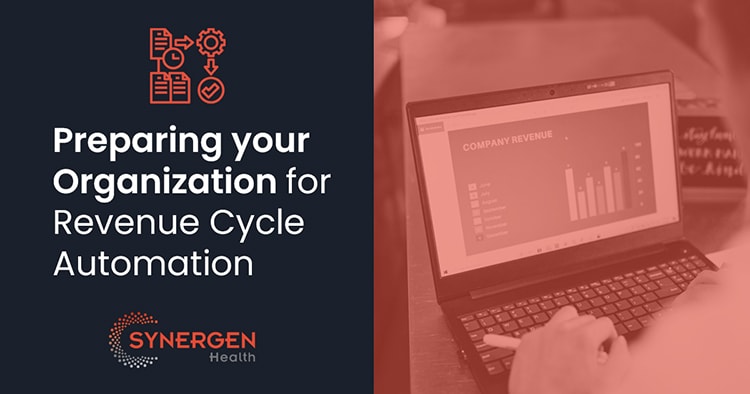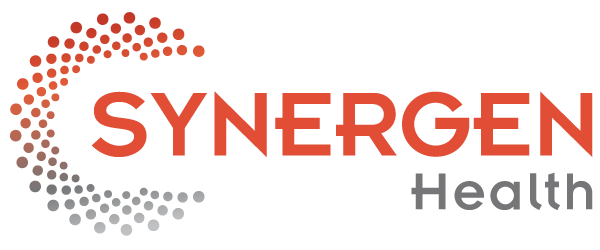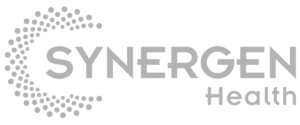
As bureaucratic tasks and hours at work pile up, the burden put on the entirety of a health care organization increases rapidly. Many healthcare administrators point to the automation of manual tasks across revenue cycle operations through robotic process automation as a crucial turning point in reducing these burdens. While robotic process automation gets much of the applause for its work, implementing automation into an RCM workflow requires advanced preparation as well as ongoing maintenance.
Some of the common challenges faced when applying automation to the revenue cycle include:
- Poor planning and preparation
- Misguided expectations
- Missing documentation of current workflows
- Broken processes cannot gain efficiencies from automation
- Underestimated resource requirements dedicated to implementation and maintenance.
Here are two crucial steps to successfully bring automation into your revenue cycle and avoid some of the most common challenges:
-
Planning and preparation
According to Deloitte, 50% of automation projects are at risk of failure due to a lack of familiarity and visibility into existing processes. The first step to applying automation in a revenue cycle operation is identifying the tasks that meet the criteria for automation. Tasks primed for leverage automation are rules-based, scalable, repetitive, prone to human error, and mature. The overarching goal of the implementation is to automate these tasks while remaining compatible with existing processes and systems. Healthcare organizations can prepare for automation by:
-
- Conducting internal interviews with system operators
- Implementing process mining to analyze process flows
- Identify and prioritize which processes are best suited for automation
- Improving existing processes before the application of automation
Internal interviews and process mining software can help increase visibility into existing revenue cycle processes. They can also help identify unnecessary steps and provide real insights. The most important part of planning to implement automation into the revenue cycle is deciding which existing processes are best suited. Evaluating existing revenue cycle operations while keeping the criteria mentioned above in mind will give greater insight into which processes require automation.
-
Development and Testing
The next step in introducing automation into the revenue cycle is development and testing. After proper preparation and planning, developers begin creating automated program codes and scripts based upon need. As an example, developers can create bots that mimic, learn, and execute rules-based processes. Automation replicates human tasks whereas artificial intelligence replicates human thinking. In other words, with the right intelligent automation deployment, programming can interpret the process and make decisions based on past history on the next steps.
By improving efficiencies, organizations can increase staff efficiency while lowering costs to remain financially healthier. Contact us today to learn more about how SYNERGEN Health’s deep domain expertise can help you investigate the opportunities for intelligent automation in your organization. https://www.synergenhealth.com/contact.

